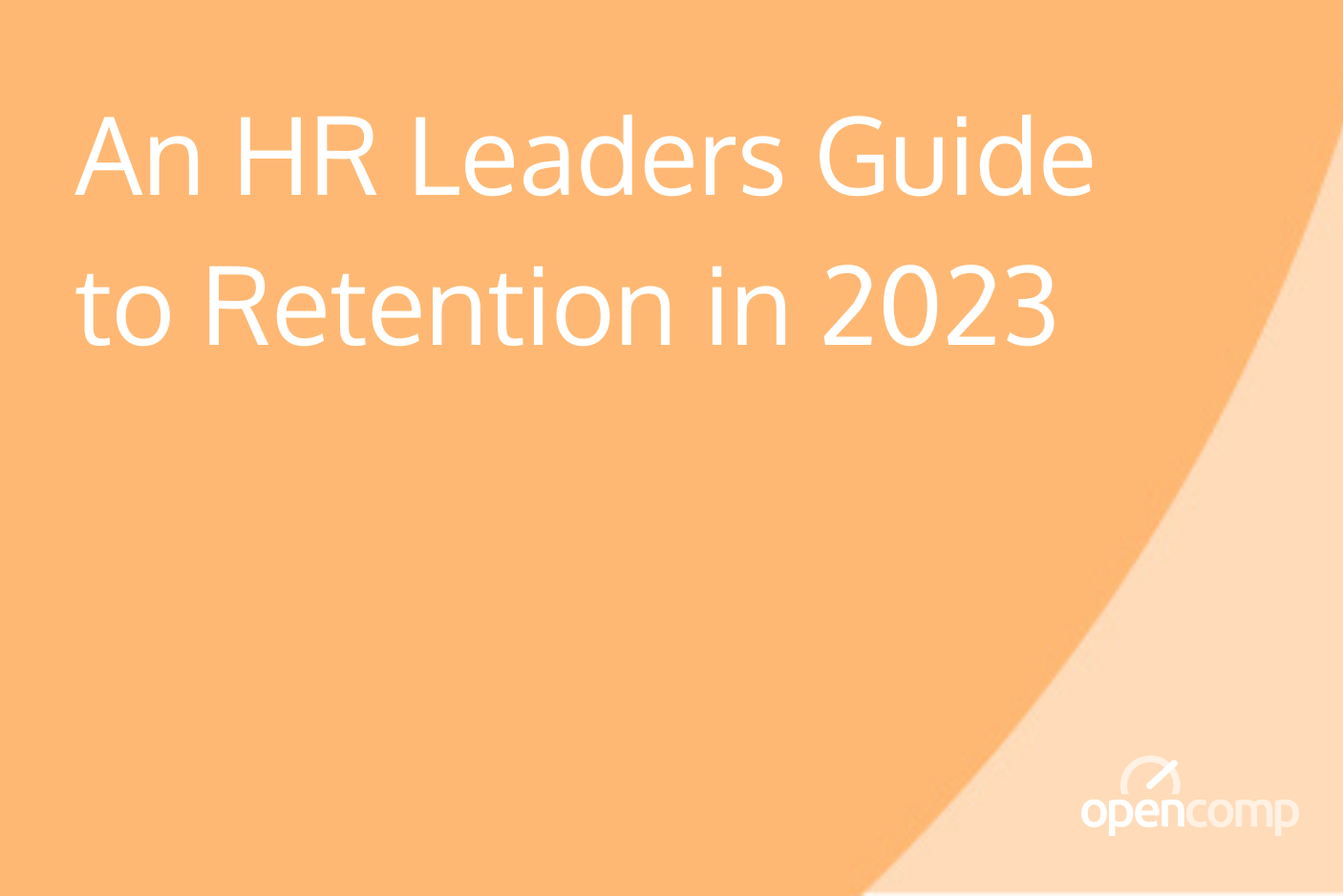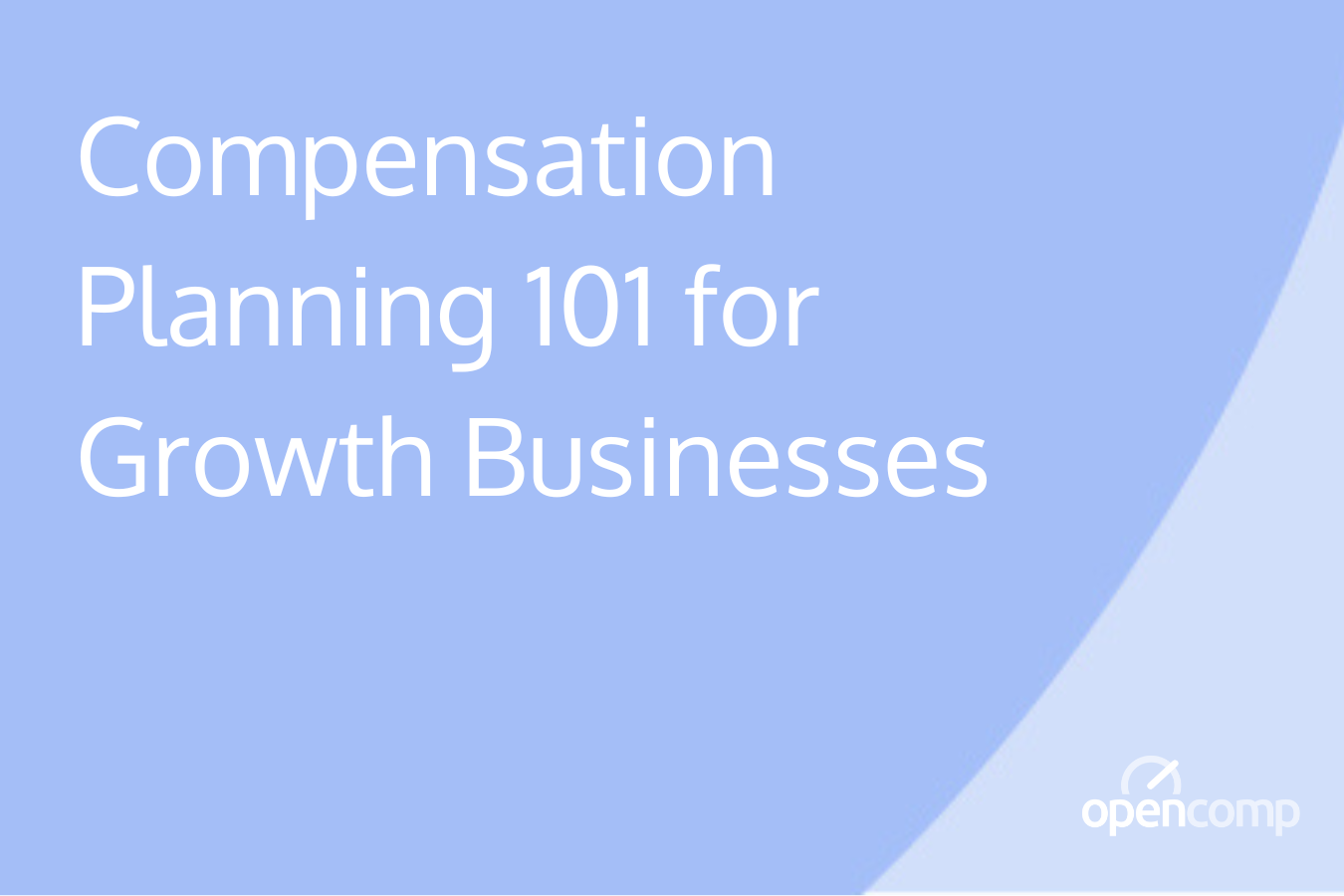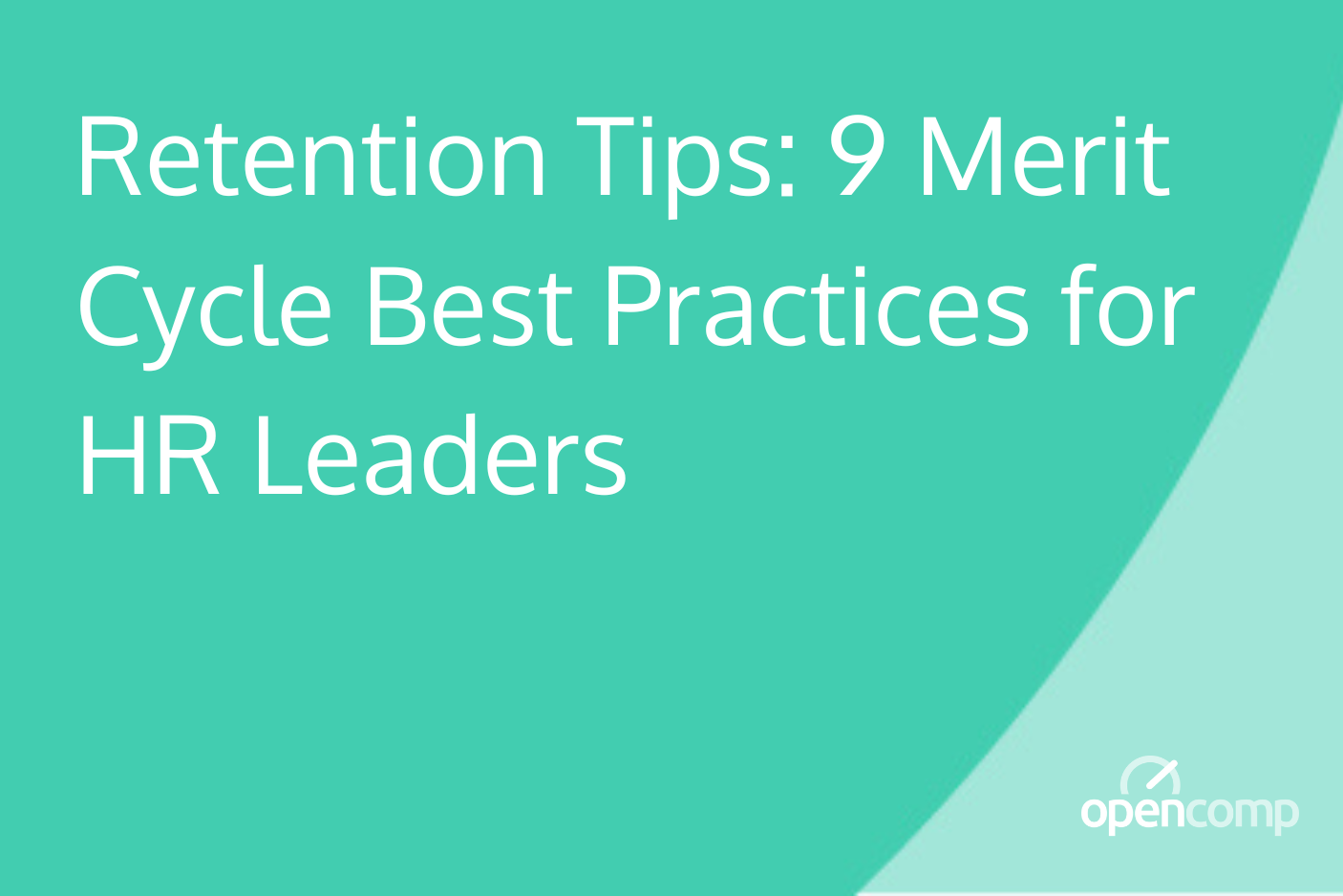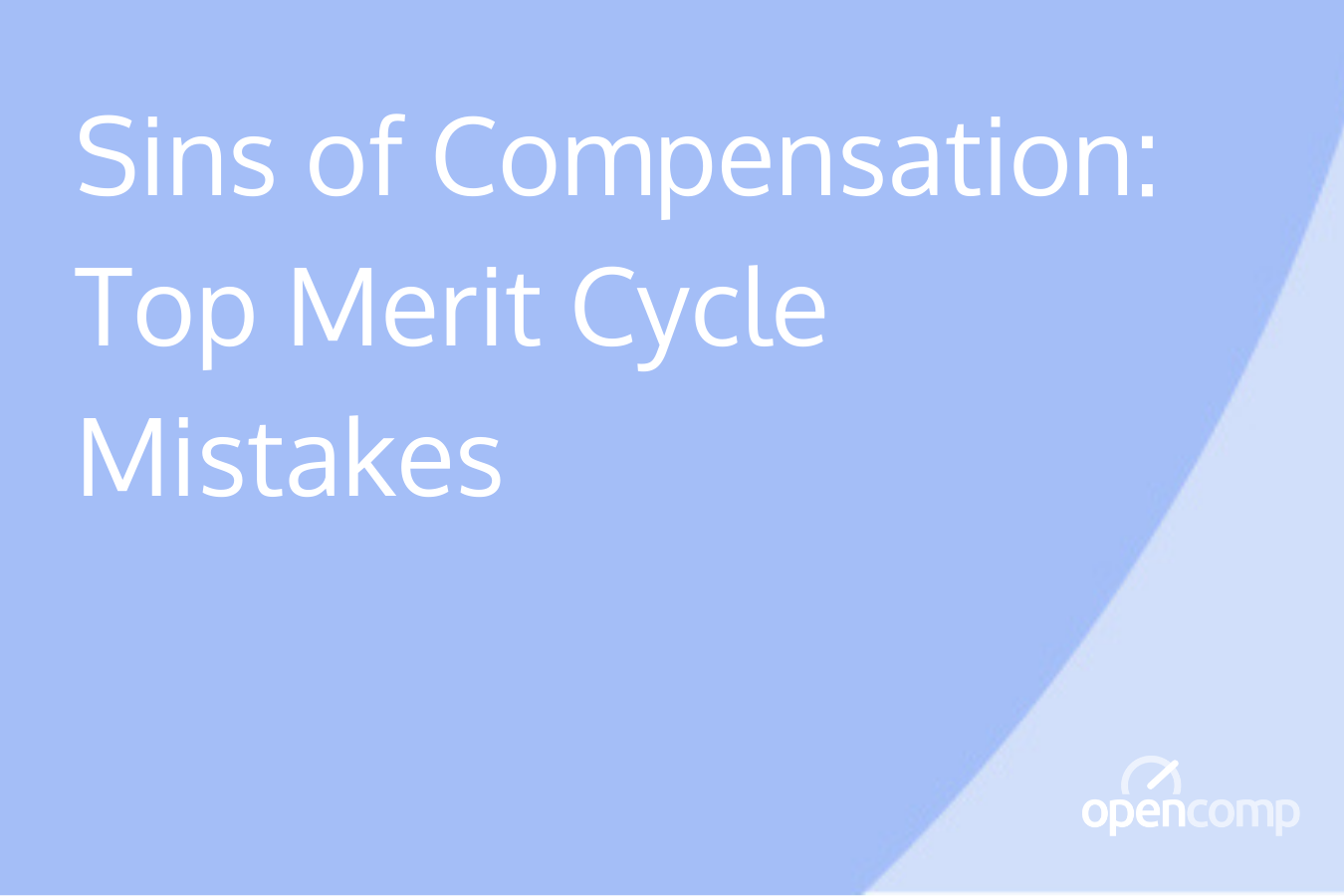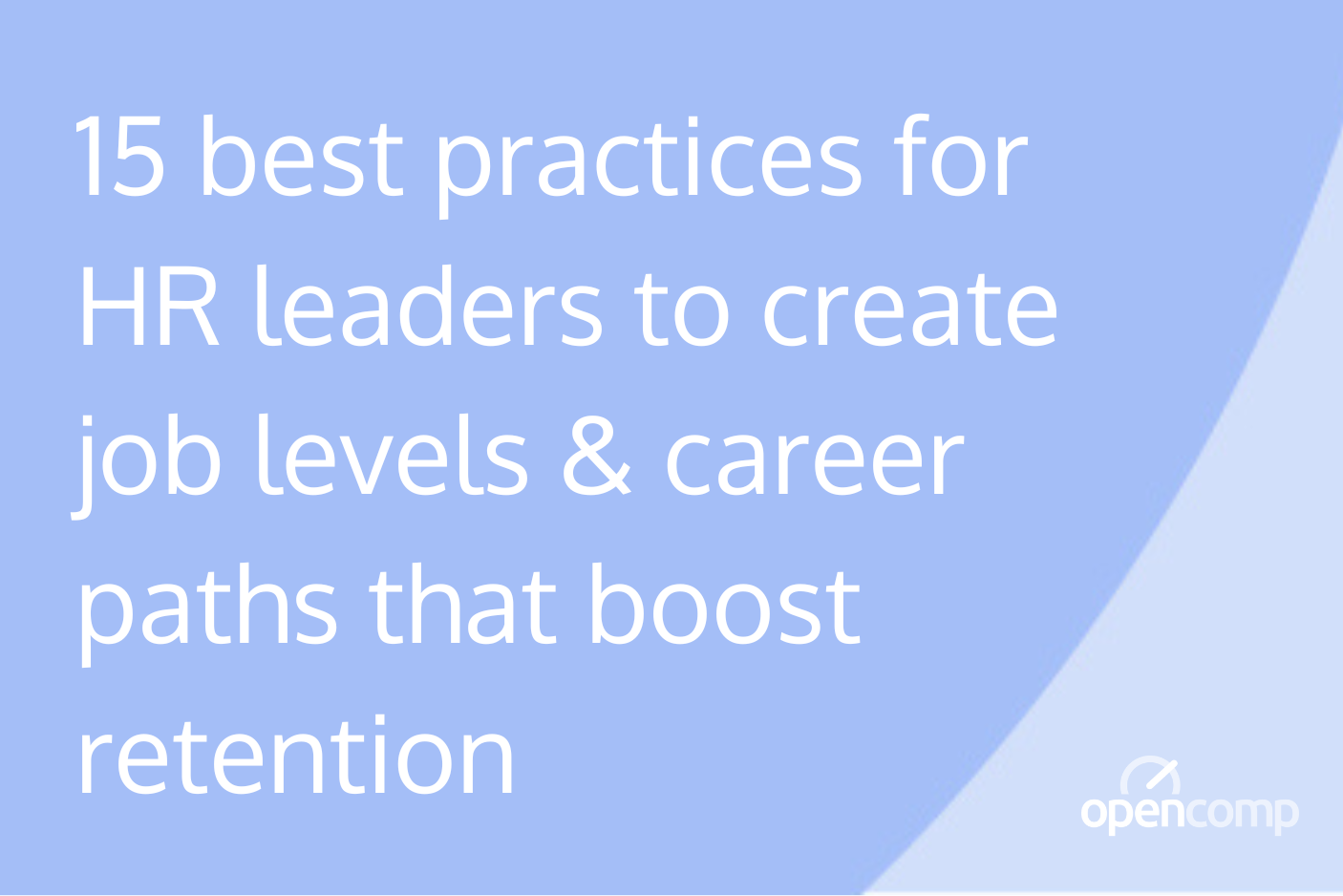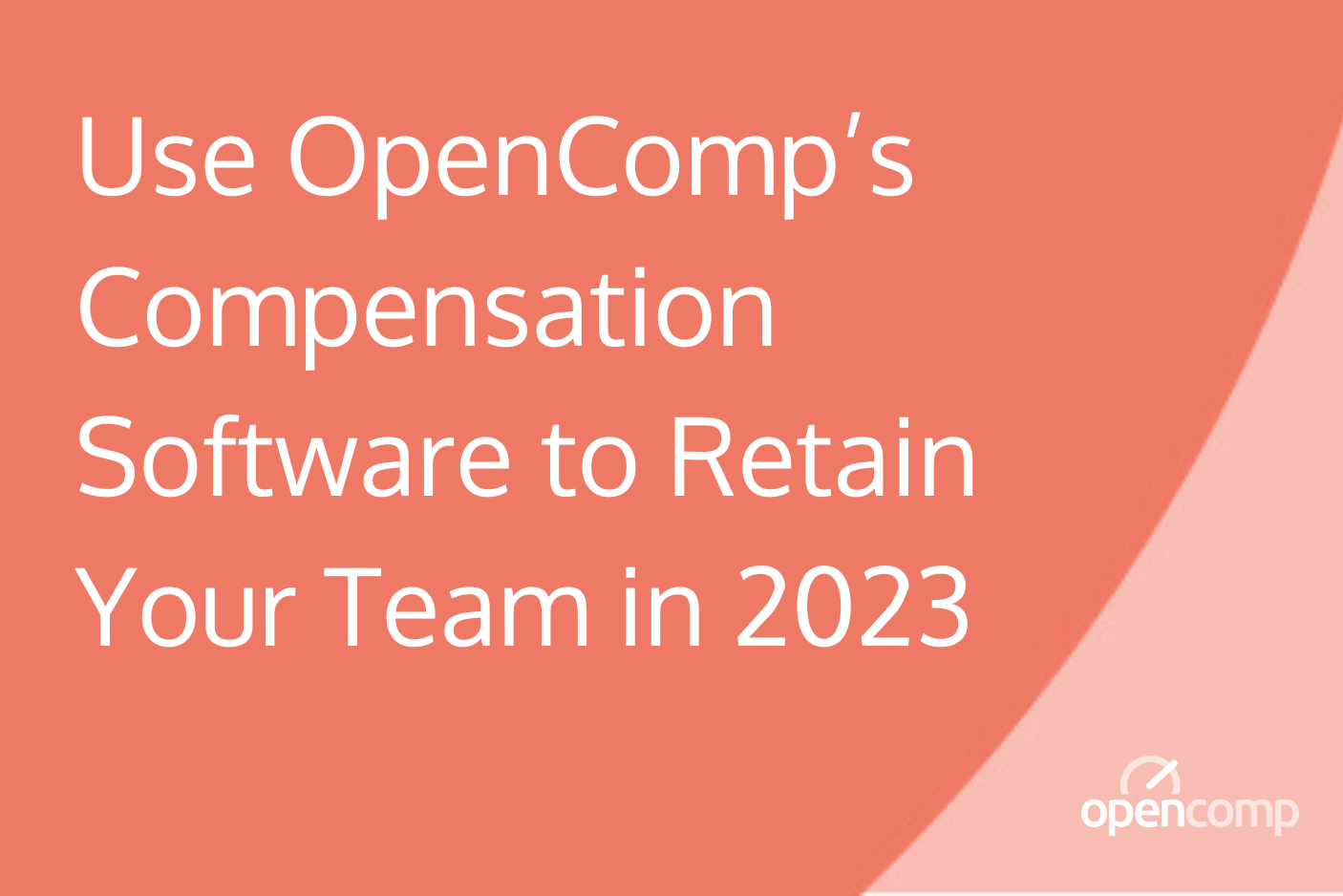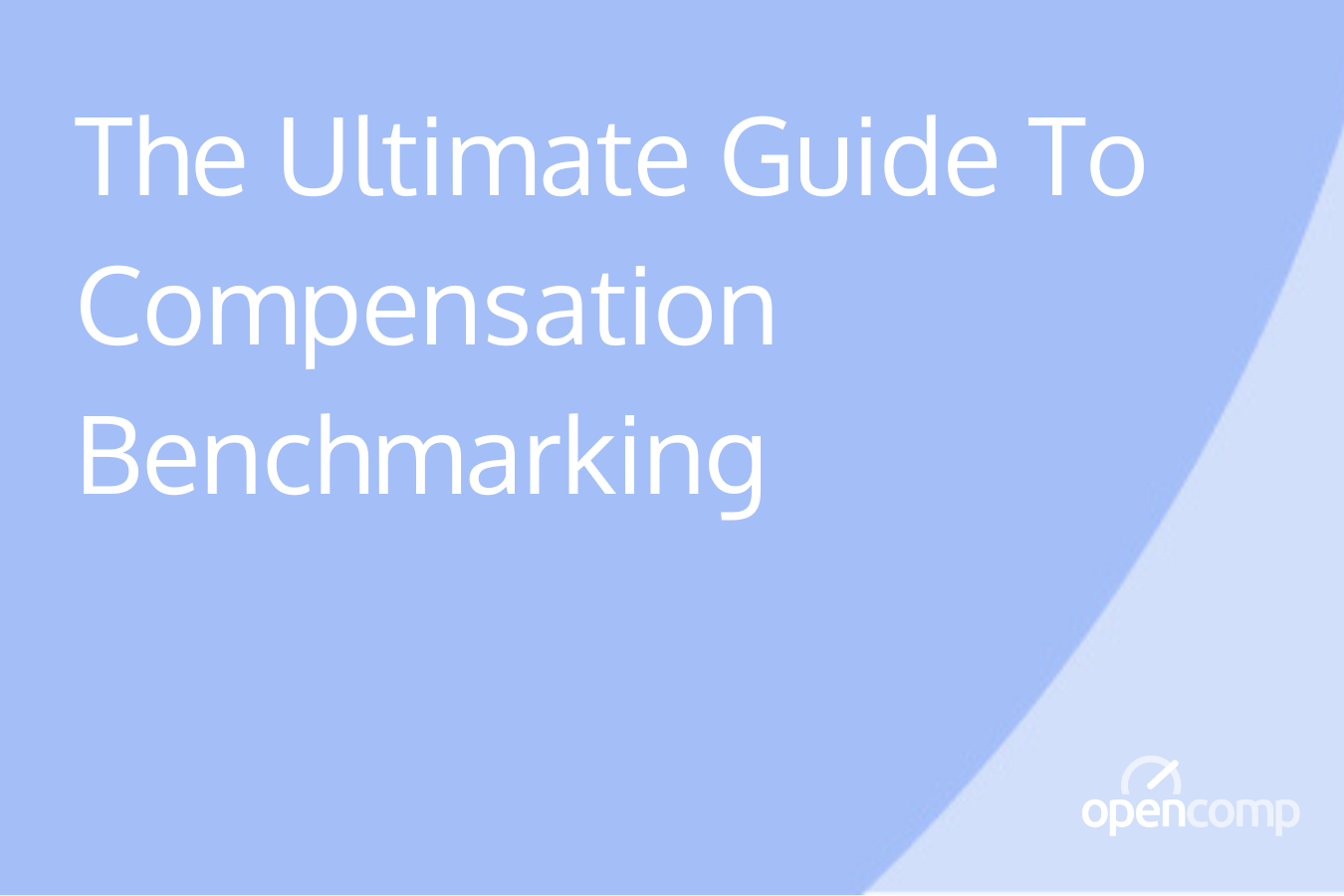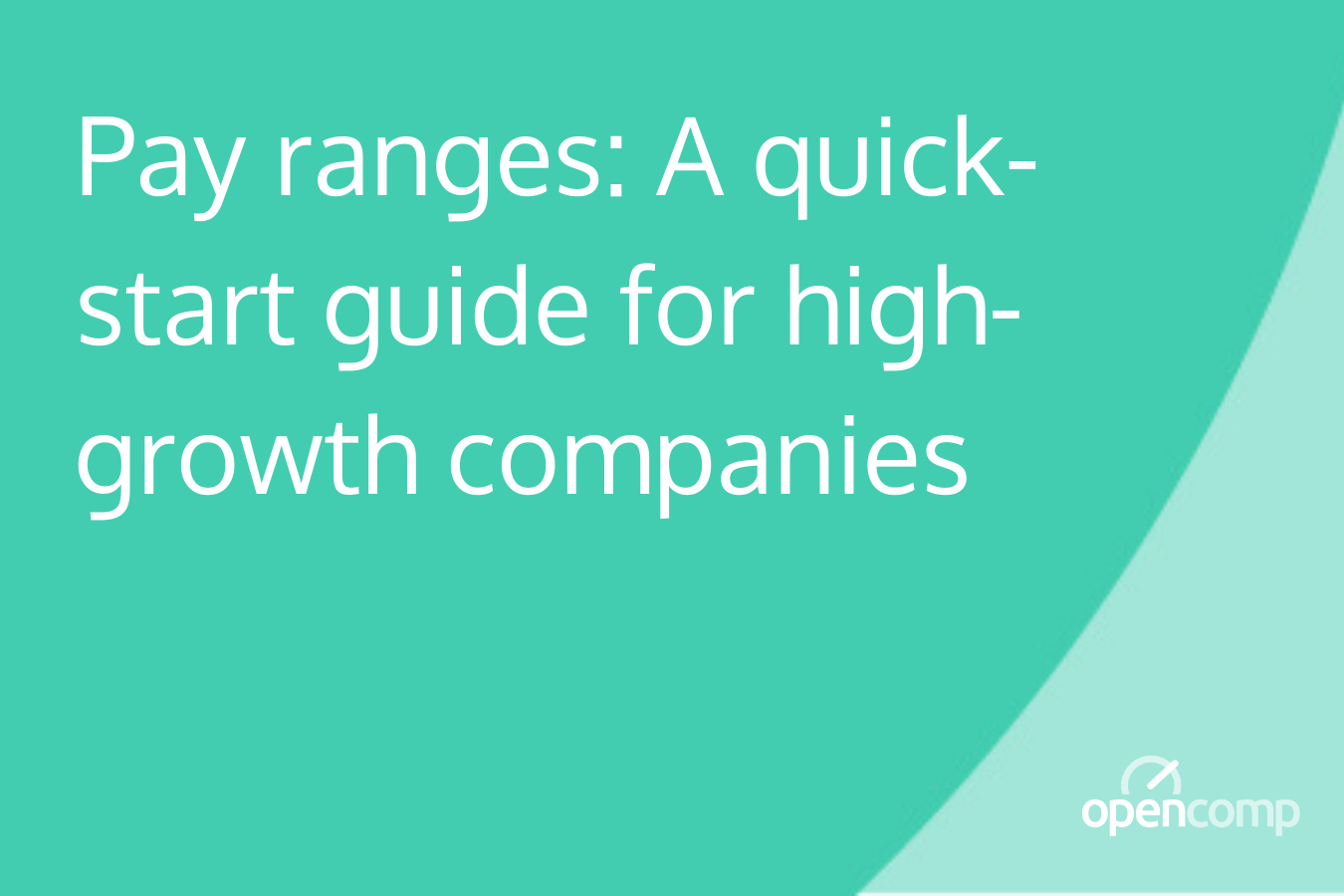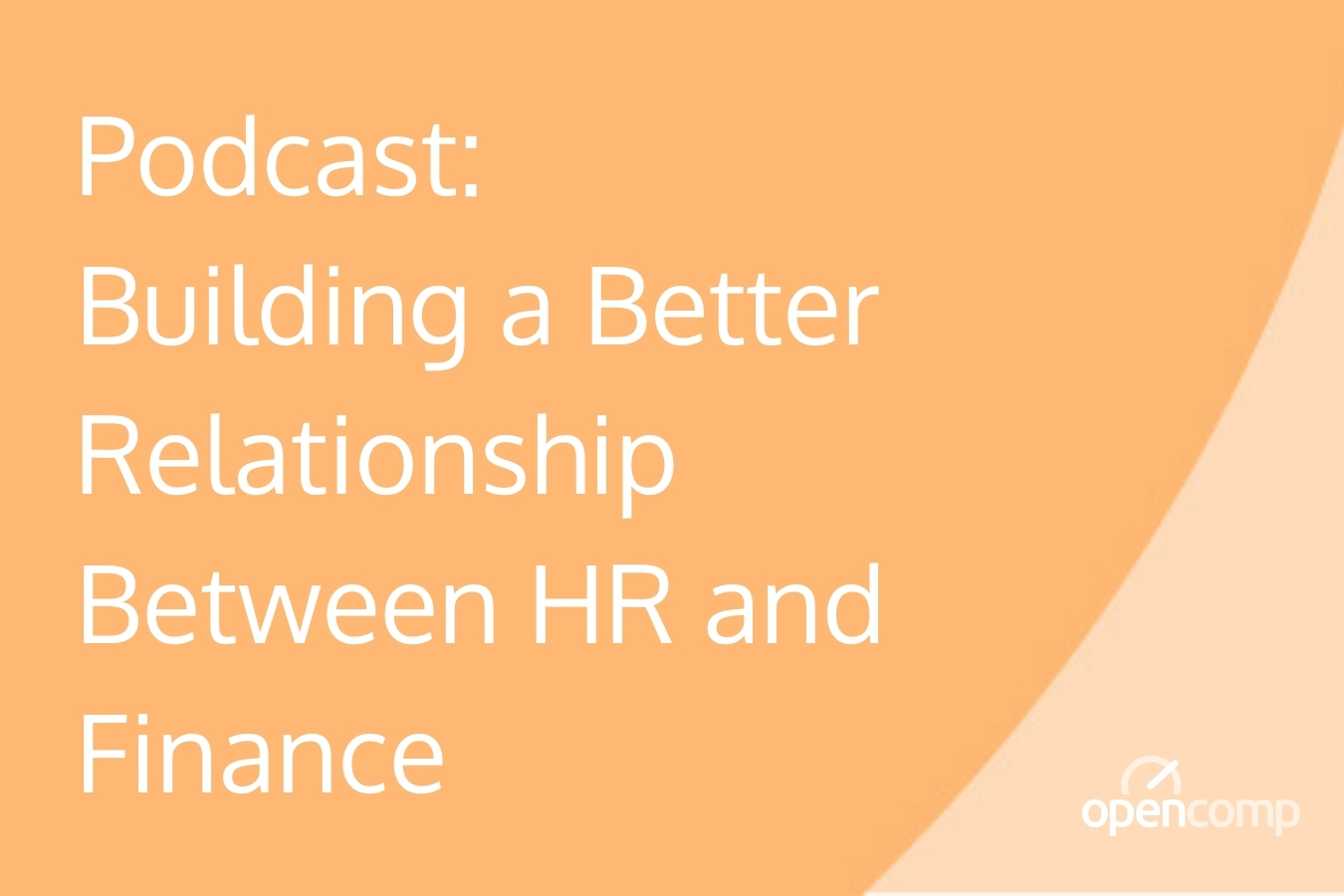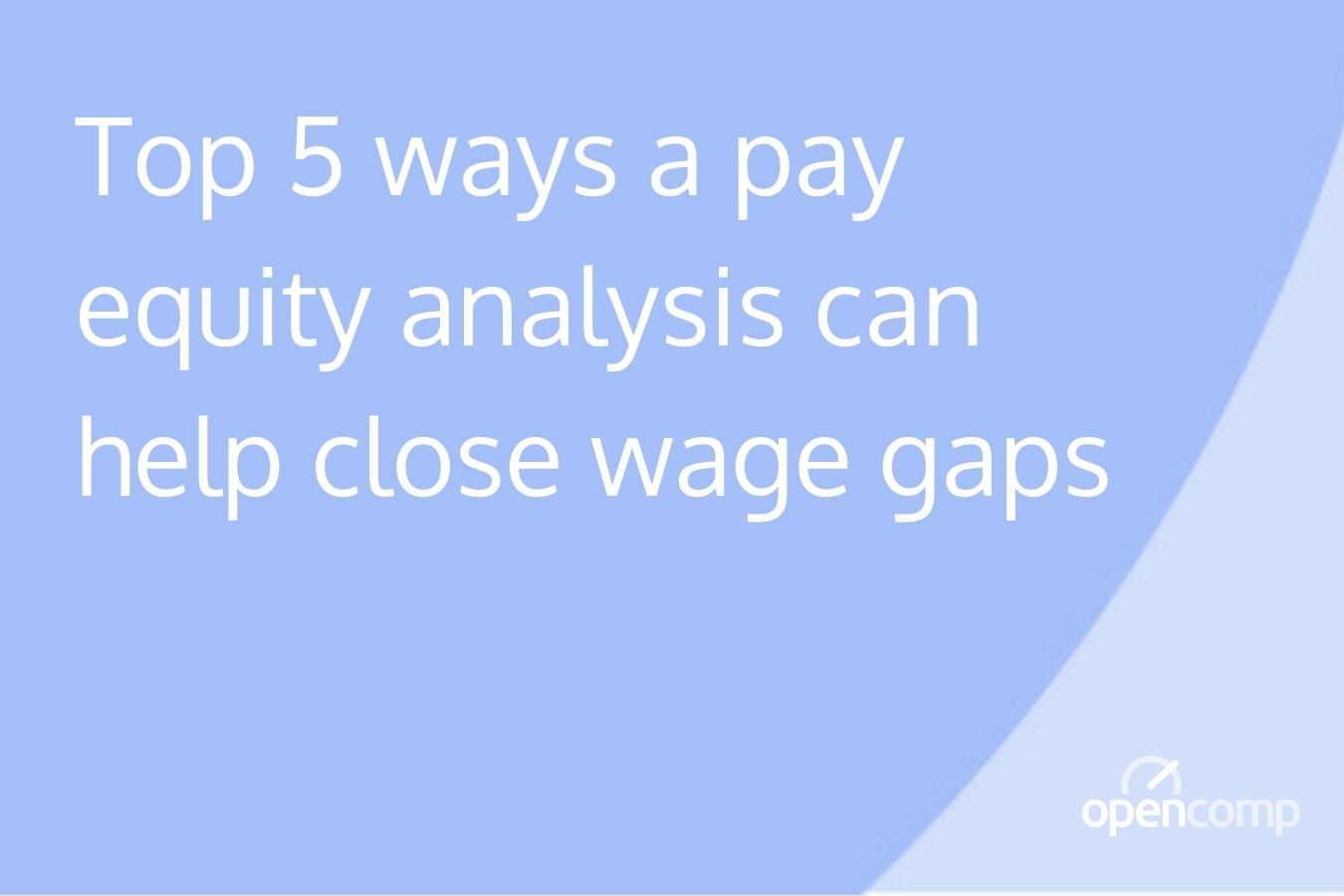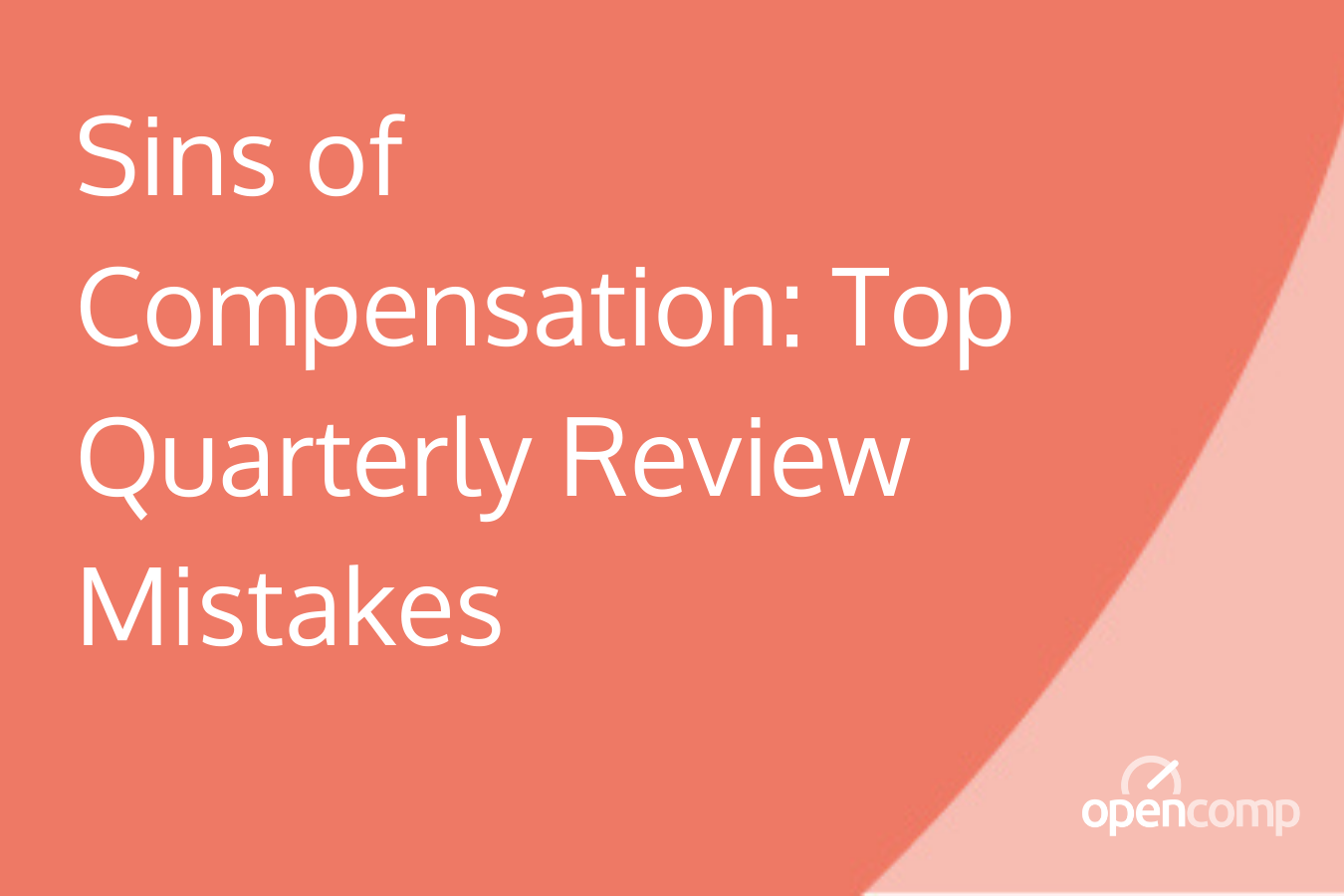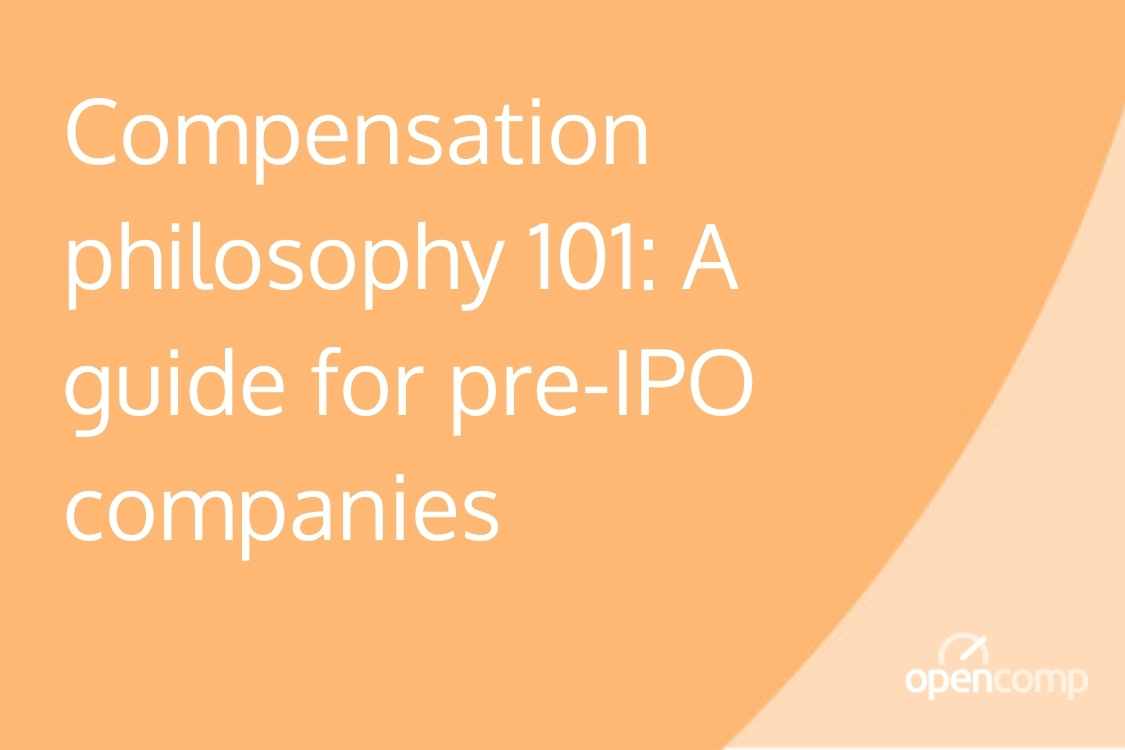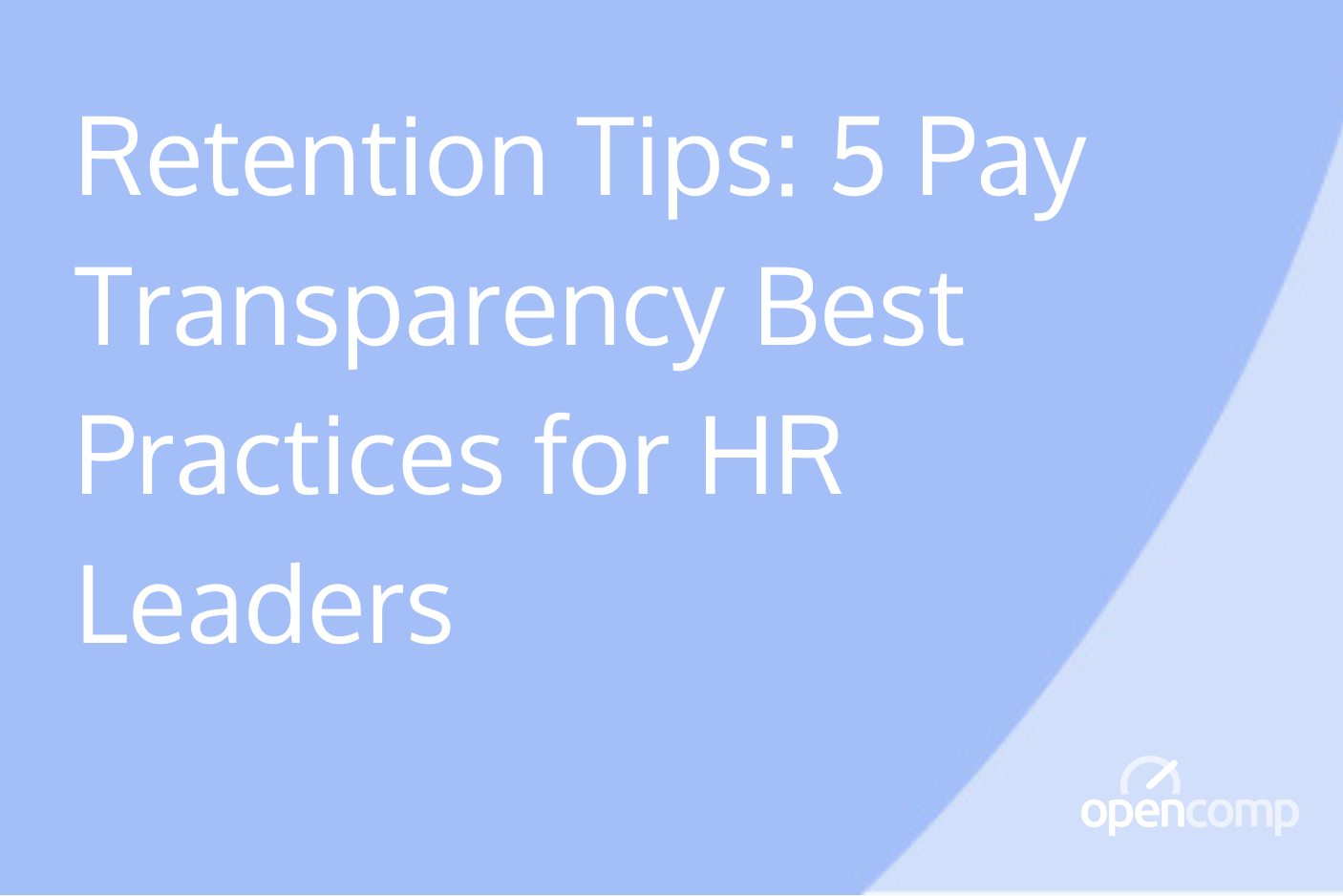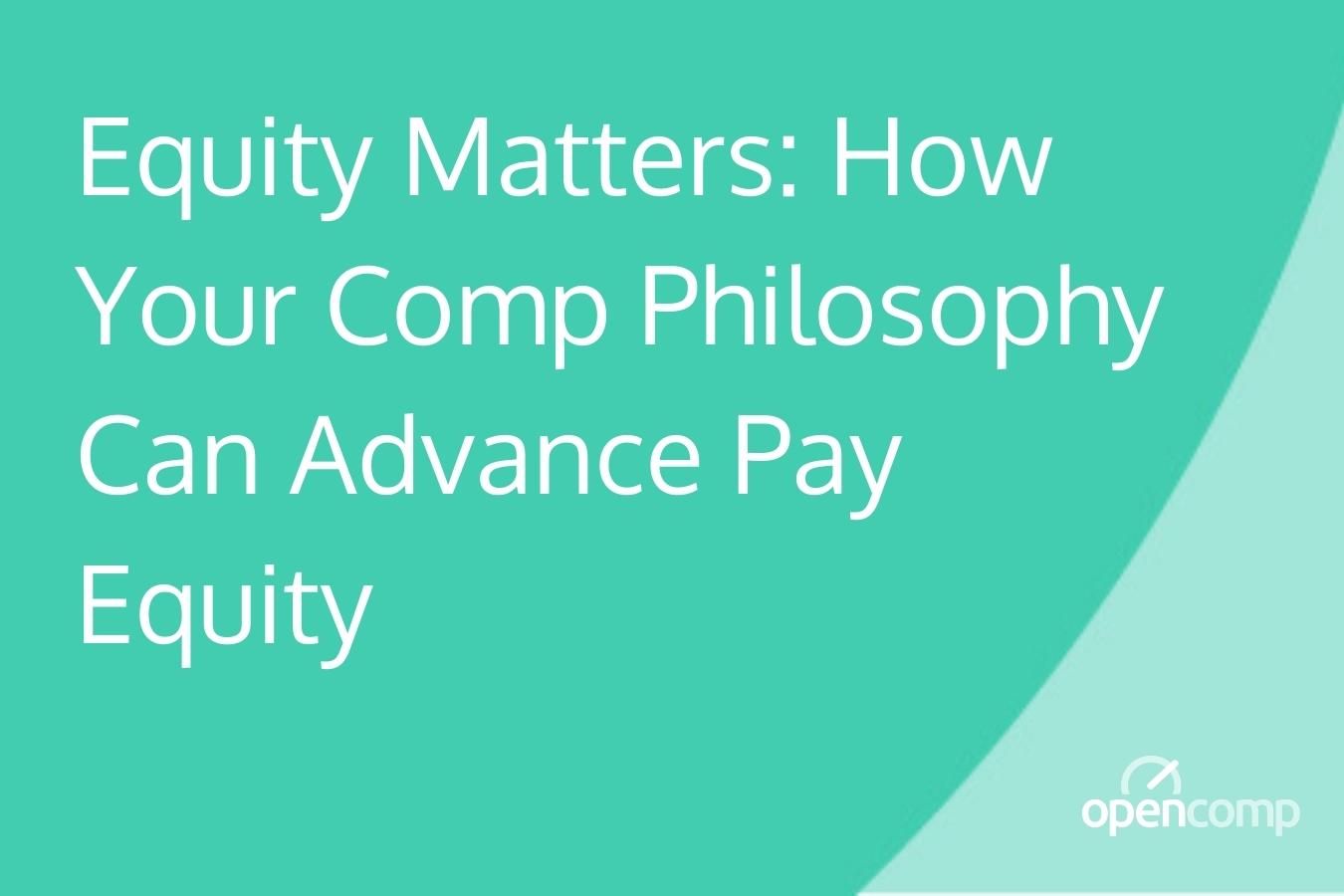The HR Leader’s Guide to Merit Cycles
Learn the essential steps to running merit cycles that motivate employees and boost retention.
When done right, merit cycles aren’t just a way to reward employees for past performance. They’re a powerful tool to boost retention by motivating employees to build a future with your company. This is especially important during times of economic uncertainty when companies can’t hire or backfill roles.
A recent study revealed employees of companies who prioritize recognition are 3X more loyal to their employers and 5X as likely to see a path for growth at their organizations.
On the flip side, without a thoughtful strategy, a merit cycle can lead to attrition by demoralizing employees who fall short of goals or who are disappointed by their merit increase. It can also cause an employee who doesn’t understand how merit adjustments are determined to perceive an inequity when comparing their reward to a colleague’s. But inequities can exist, especially if you lack a plan for consistent decision-making.
A successful merit cycle doesn’t mean doling out the biggest increases your company can afford. It’s about creating a clear, data-driven process that shows employees you pay and reward fairly, while creating a satisfying employee experience.
About this guide
To help HR leaders, this guide provides 12 key steps for planning and running a motivating and equitable merit cycle that helps keep top performers. Whether you’re planning your first merit cycle, or already have a few in the books, you’ll find tips to help both companies and employees get the best out of the process.
Download a PDF version of this guide by filling out this form, or keep scrolling to learn more.
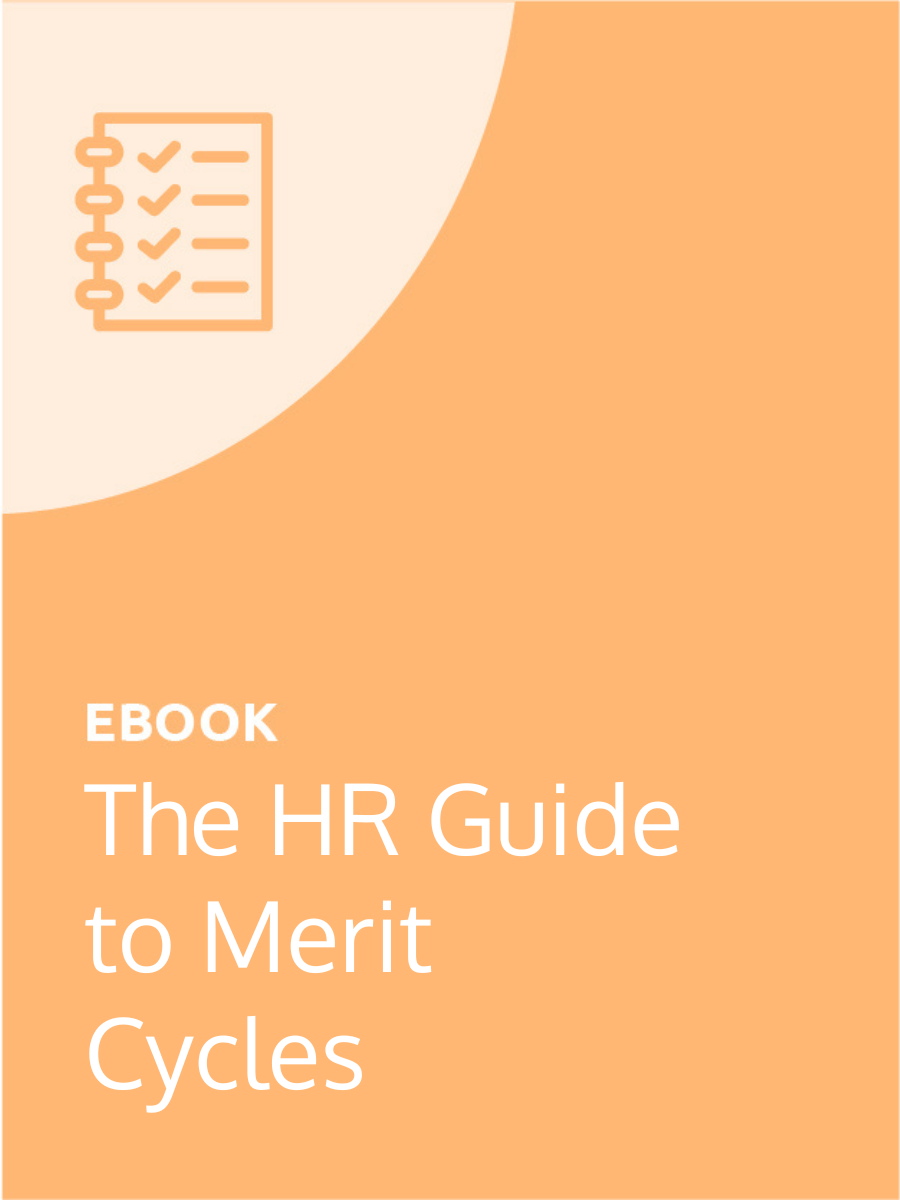

Frequently Asked Questions
What is a merit cycle?
A merit cycle is the process of determining salary adjustments based on an employee’s performance. Adjustments can be in the form of a salary increase, bonus, promotion, or additional equity grant.
When do performance reviews enter the picture?
A merit cycle coincides with or starts soon after performance evaluations. After a performance review, an employee receives a rating that helps determine whether they earned a merit adjustment and the amount.
What’s the difference between a merit adjustment and an annual raise?
A merit adjustment is based on how well an employee performed against predetermined goals or metrics during a specific period of time. The amount varies by person. An annual raise is based on the cost of living or inflation and is usually the same for all employees. Often, annual raises are distributed at the same time as merit adjustments.
How often should our company run a merit cycle?
Merit cycles can happen annually, twice a year, or quarterly. The frequency varies by company, but most companies run a merit cycle once a year.
As you decide on the cadence that best suits your organization, here are some things to keep in mind: The more often you have merit cycles, the more work is required for all involved. But frequency also affects the message you give employees and job candidates about what your company values, so consider the cadence carefully.
Smaller companies who are competing against larger companies may run a merit cycle twice a year — once at the beginning of the year and then again mid-year. A frequent cadence gives you more opportunities to talk about performance. Meanwhile, an annual cycle means you need to get it right every time. Otherwise, you may see turnover.
Who is involved in the merit cycle process?
A merit cycle is a collaboration between several departments and stakeholders. Exactly which roles are involved can vary, but it’s usually led by HR in partnership with finance, people managers, and executives.
When should I start planning for a merit cycle?
Start the planning stage at least three to four months before implementation, especially if you’re updating your salary bands. Employees usually see merit adjustments in their paychecks in Q1.
Resources

12 Essential Steps for Running an Effective Merit Cycle
The steps in a merit cycle can vary by company, depending on its size, resources, and goals. But there are some key steps that can help any company run a merit cycle that benefits both the business and employees.
Step 1: Review your salary bands
To ensure your compensation plan is still relevant in the current market, look at recent salary data to learn if there have been any major changes in the market that would require you to update your salary bands. If you have to update your bands, make sure they’re approved before running the merit cycle.
Not all salary data is equal. Accurate salary data is:
- Provided by employers, not self-reported by employees
- Verified by a third party
- No more than three to six months old
- Relevant to your company’s size, funding stage, location, and industry
Step 2: Partner with finance on budget
Budgeting for merit cycles is often a dance between HR and finance and usually involves salary rather than equity. Finance will either give HR a budget, or HR will submit recommendations to finance to approve or adjust.
To learn what other employers are planning for increases in the coming year, review salary budget data provided by survey companies. This can be a valuable data point to give to finance with your recommendations.
When the budget is final, make sure you understand the dollar amount, not just the percentage to ensure alignment with finance.
Step 3: Set eligibility
Don’t begin a merit cycle until you know exactly which employees qualify. For example:
- Is eligibility based on hire date?
- Are certain roles excluded?
- Is it only for the top 25% of performers?
- Are part-time employees eligible?
Step 4: Set how adjustments will be determined
How will your company decide how much of the merit budget each eligible employee will receive? Some companies have a fixed process where specific performance ratings get predetermined amounts. Other companies lay the judgment in managers’ hands, allowing them to make recommendations for each employee based on performance and budget. A director, VP, or other executive then approves or adjusts the recommendations. No matter what method your company chooses, apply it consistently to prevent pay gaps and inequities.
Step 5: Set your timeline
Schedule enough time for each step. Decide on the payroll date when adjustments will be distributed and work back from there.
Step 6: Select a system
How will you coordinate and organize the process? Will it be spreadsheets or other software? Decide on the method early so you can make preparations and schedule any necessary training.
Step 7: Create a communication plan
Decide how you’ll share information about the merit cycle with employees. What key information do they need to know? When do they need it? And how will they get it?
Considering sharing merit cycle plans during an all-hands meeting. This will allow you to answer questions and reach many employees at once.
Step 8: Schedule manager training
Managers have the most direct contact with employees during merit cycles so it’s important they understand:
- How to distribute the merit budget if they’re making recommendations
- How your company determines merit adjustments and pay overall, including how it uses data to create salary bands and its compensation philosophy
- How to explain compensation to employees in a way that’s relatable
Step 9: Schedule calibration sessions
During calibration sessions, executives and/or managers meet to review performance ratings for individual employees. This allows participants to get aligned on how they’re rating employees, check for biases, and make necessary rating adjustments based on what they’ve learned. These sessions take place during the performance review cycle, which can coincide with the merit cycle.
Step 10: Conduct a pay equity audit & make necessary adjustments
Before you finalize individual merit increases, review your internal salary data to see if the increases will create pay gaps. If you spot one, try to find out why it happened. If it exists without a fair or logical reason, make an adjustment to address that gap as soon as you can. If you don’t have the budget to do it all at once, phase it in over time.
Step 11: Tell employees about their merit adjustments
Once the distribution of merit adjustments is finalized, managers can begin sharing them with employees. This is where their training is put to the test, especially if an employee is unhappy with the results of the merit cycle.
Step 12: Execute on adjustments
You’re at the finish line. Implement the increases in your payroll system. If your communication plan did its job, employees know when to expect their adjustments, how much to expect, and how that amount was determined.
Resources

If You Take Action On Just One Thing …
.... Choose this:
CREATE CLARITY
Compensation-related decisions based on feelings create pay gaps, distrust, and costly problems down the road.
Clarity builds trust and equitable cultures. Employees should know the how, why, and when of pay at your organization. To support that:
- Set well-defined policies and processes & share them with employees.
- Be wary of exceptions.
- When in doubt, let data lead the way.
Boost retention — add OpenComp Merit Cycle to your tech stack
Manual processes are susceptible to errors and biases. Add compensation and HR technology to your tech stack for faster and more accurate decision making to prevent attrition, keep things equitable, and help managers and people leaders navigate difficult conversations.
Resources
Download a PDF version of this guide by filling out the form


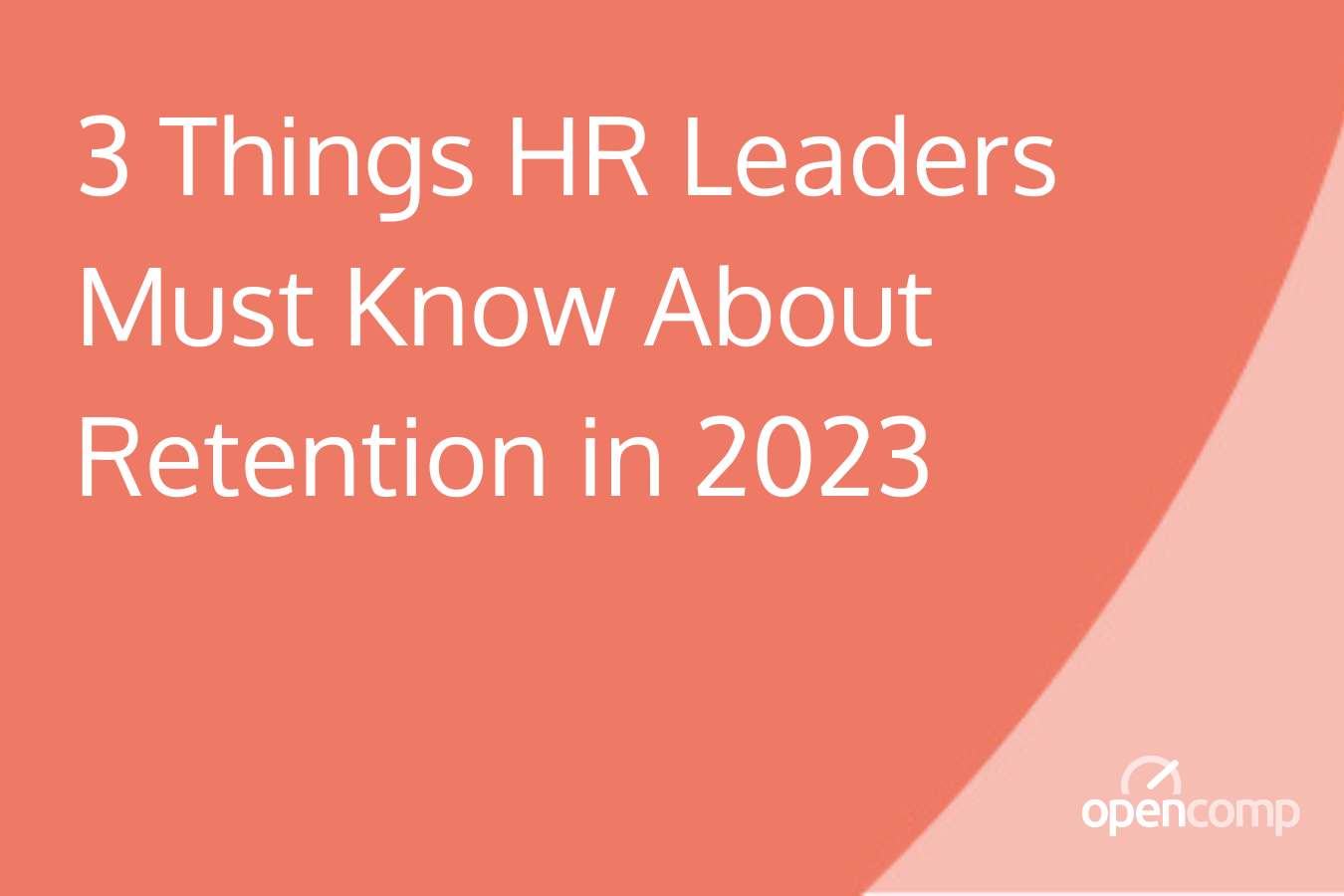
.png)
